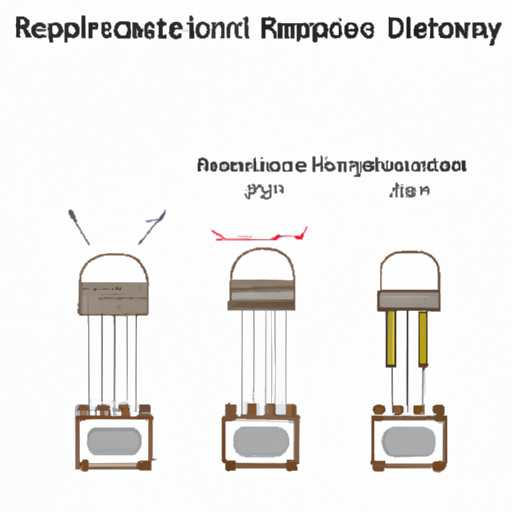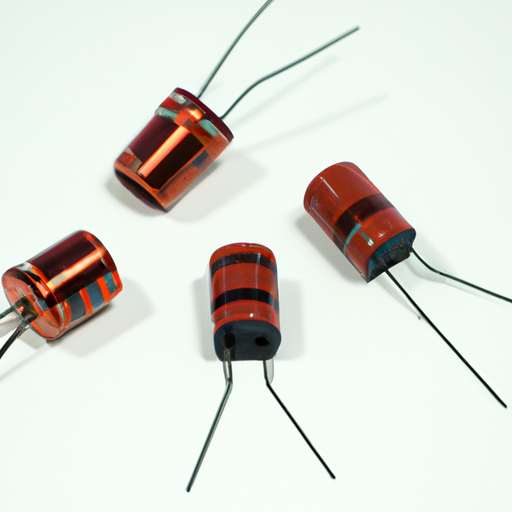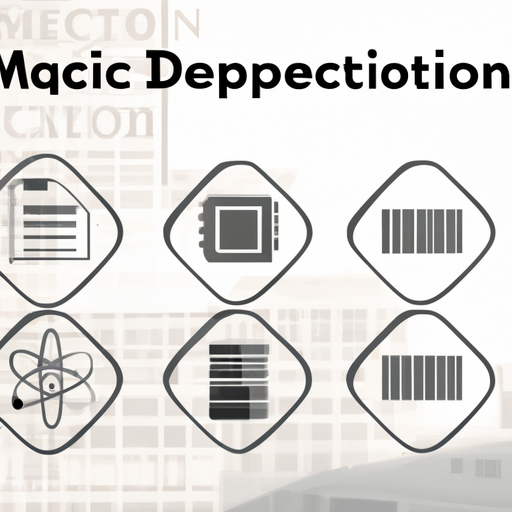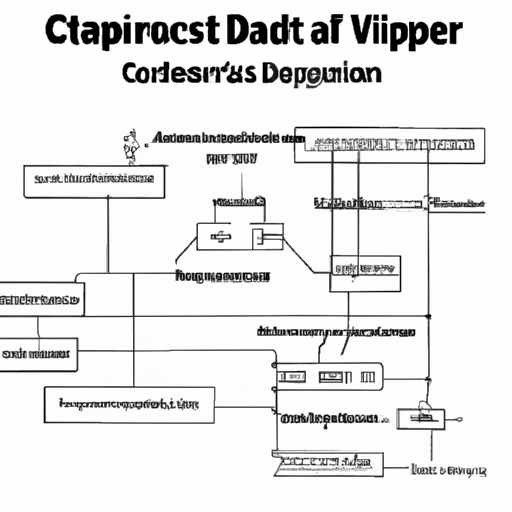HCPL-2601 and the Role of Resistors in Optocoupler Applications
The HCPL-2601 is a high-speed optocoupler that provides electrical isolation between its input and output, making it ideal for applications requiring signal transmission without direct electrical connection. While the optocoupler itself is not a resistor, resistors are integral to its functionality and performance in various applications. Below, we delve into the core functional technologies, relevant articles, and application development cases that highlight the importance of resistors in conjunction with the HCPL-2601.
Core Functional Technologies
1. **Current Limiting Resistors**:
- **Function**: These resistors are crucial for protecting the LED within the optocoupler from excessive current, which can lead to failure. The resistor value is calculated using Ohm's Law, considering the forward voltage drop of the LED and the supply voltage.
- **Resources**: Technical articles often provide formulas and examples for calculating the appropriate resistor values, emphasizing the importance of selecting the right resistor to ensure the longevity and reliability of the optocoupler.
2. **Pull-Up and Pull-Down Resistors**:
- **Function**: In digital circuits, pull-up and pull-down resistors are used to define the logic levels at the input pins of microcontrollers or logic gates. This ensures that the inputs are not left floating, which can lead to unpredictable behavior.
- **Resources**: Application notes detail how to implement these resistors in conjunction with the HCPL-2601 to maintain stable logic levels, especially in noisy environments.
3. **Feedback Resistors**:
- **Function**: In feedback applications, resistors are used to set the gain of amplifiers or to create voltage dividers that influence the feedback loop of the optocoupler. This is critical for maintaining stability and performance in control systems.
- **Resources**: Articles may provide design guidelines for feedback networks that include the HCPL-2601, focusing on how to select resistor values for optimal performance.
4. **Biasing Resistors**:
- **Function**: Biasing resistors are essential for ensuring that transistors in circuits interfacing with the optocoupler operate in the desired region of their characteristic curves, which is vital for signal integrity.
- **Resources**: Case studies often illustrate the design of biasing networks, showcasing how to effectively use resistors to achieve desired operating conditions.
Application Development Cases
1. **Isolated Data Communication**:
- **Overview**: The HCPL-2601 is widely used in isolated data communication systems, where resistors are critical in designing the input and output stages.
- **Case Study**: A case study might detail the design of a robust communication link using the HCPL-2601, including resistor selection for optimal signal integrity and noise immunity.
2. **Power Supply Isolation**:
- **Overview**: In power supply designs, the HCPL-2601 provides feedback while maintaining isolation. Resistors are used in the feedback loop to set gain and ensure stability.
- **Article**: Technical articles may discuss the design of isolated power supplies, focusing on how to choose resistor values to enhance stability and transient response.
3. **Signal Isolation in Medical Devices**:
- **Overview**: Medical devices require stringent isolation to protect patients and equipment. The HCPL-2601 can be employed for this purpose, with resistors playing a key role in signal conditioning.
- **Development Case**: A development case could explore the implementation of optocouplers in medical instrumentation, detailing how resistors ensure signal integrity and compliance with safety standards.
4. **Motor Control Applications**:
- **Overview**: In motor control circuits, the HCPL-2601 is used to isolate control signals from high-power circuits. Resistors are essential for interfacing microcontrollers with the optocoupler.
- **Application Note**: Application notes may provide examples of motor control designs utilizing the HCPL-2601, detailing resistor configurations that optimize performance and reliability.
Conclusion
Resistors are fundamental components in circuits that utilize the HCPL-2601 optocoupler. Their roles in current limiting, biasing, feedback, and defining logic levels are critical for the effective design and operation of various applications. By exploring relevant articles and case studies, engineers can gain valuable insights into optimizing their designs, ensuring reliability and performance in applications ranging from industrial automation to medical devices. Understanding the interplay between resistors and optocouplers is essential for developing innovative and effective electronic solutions.












